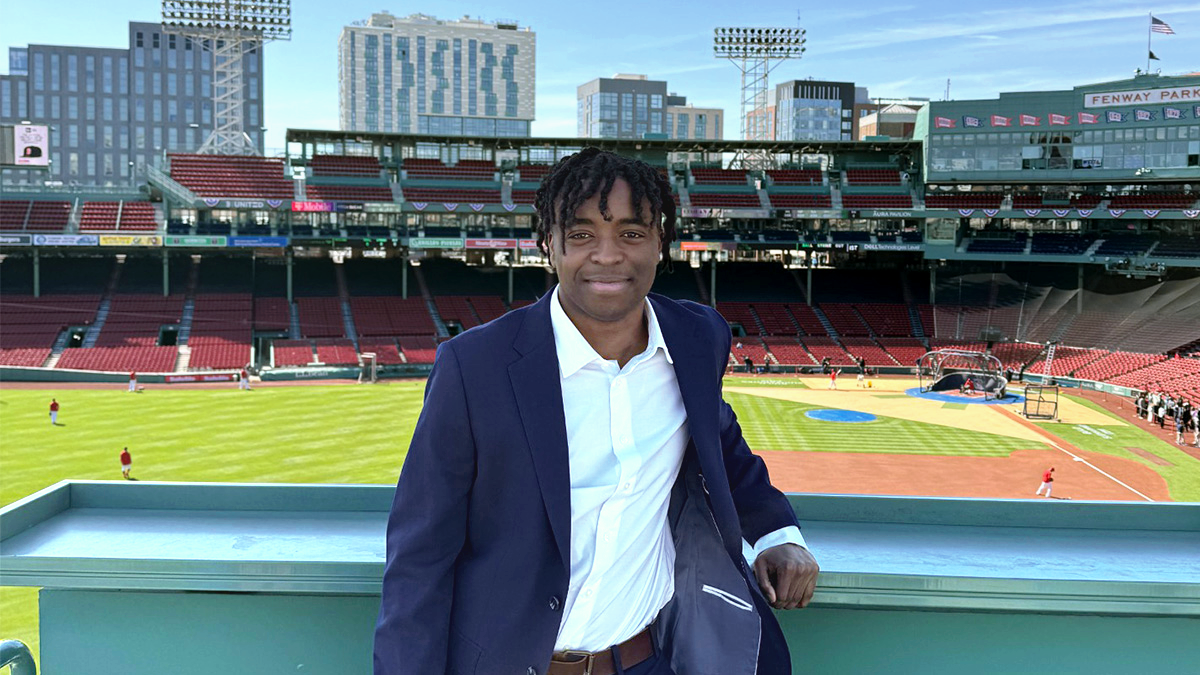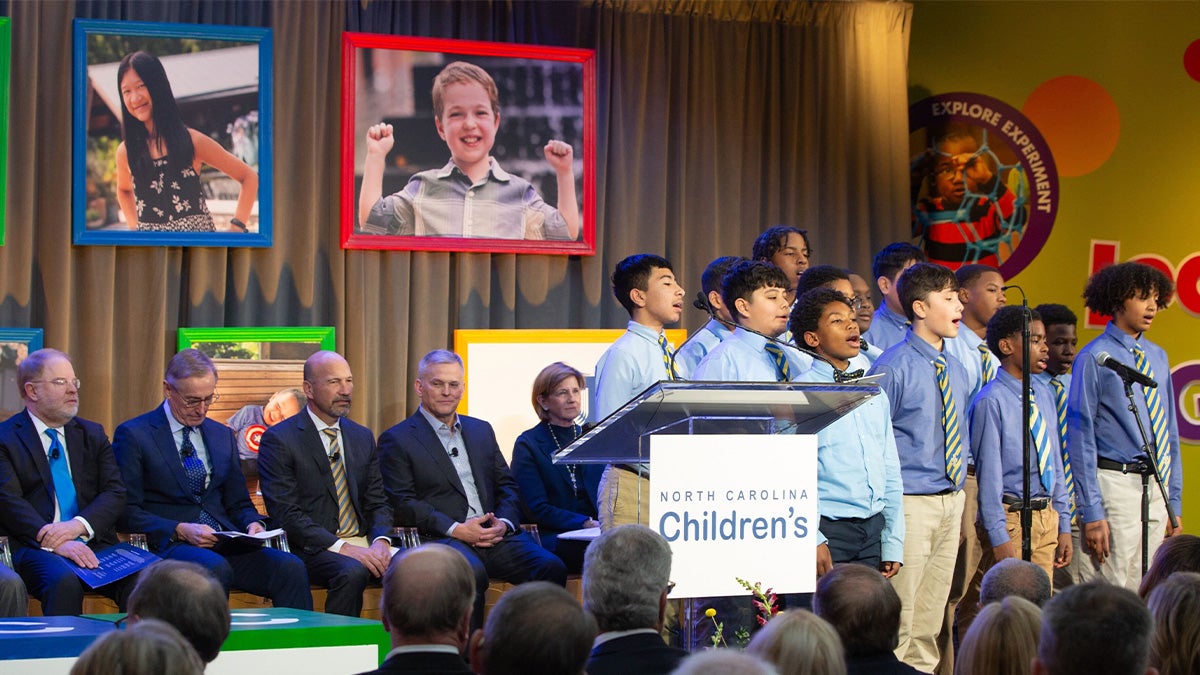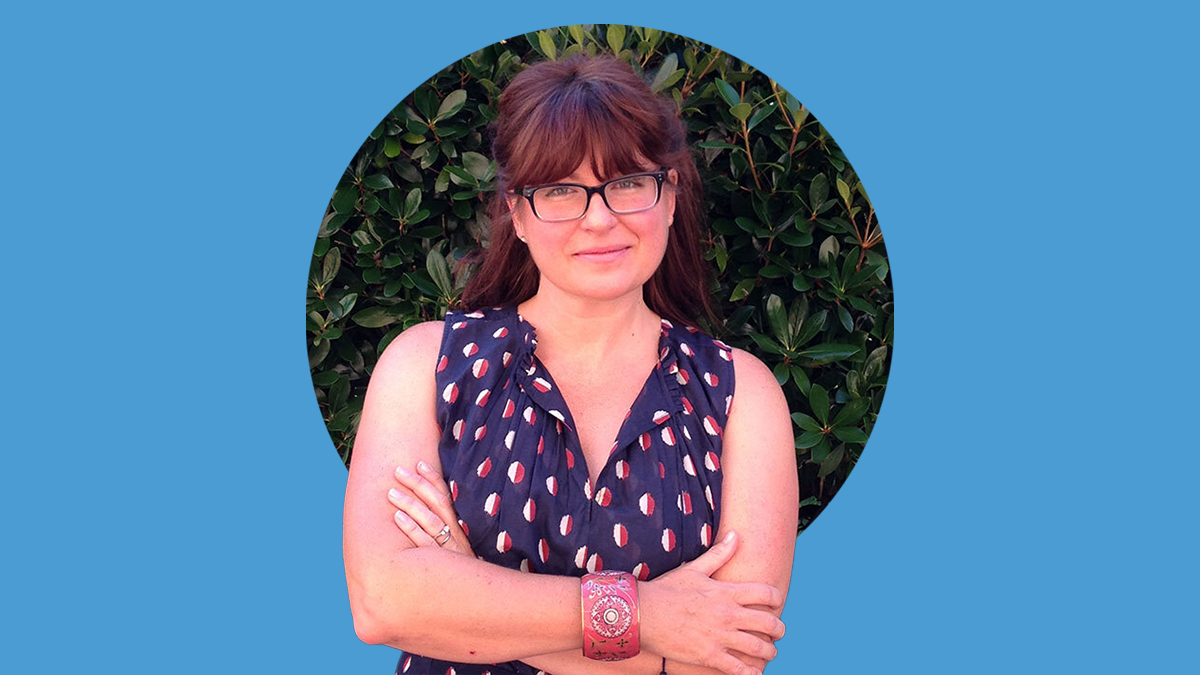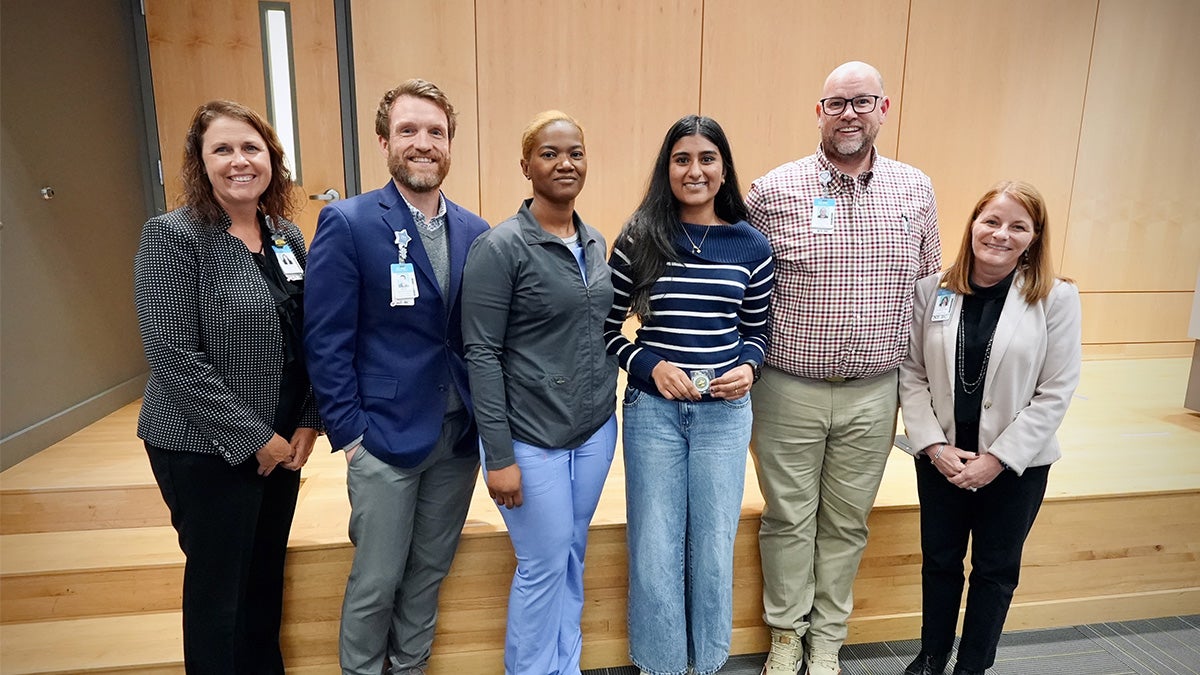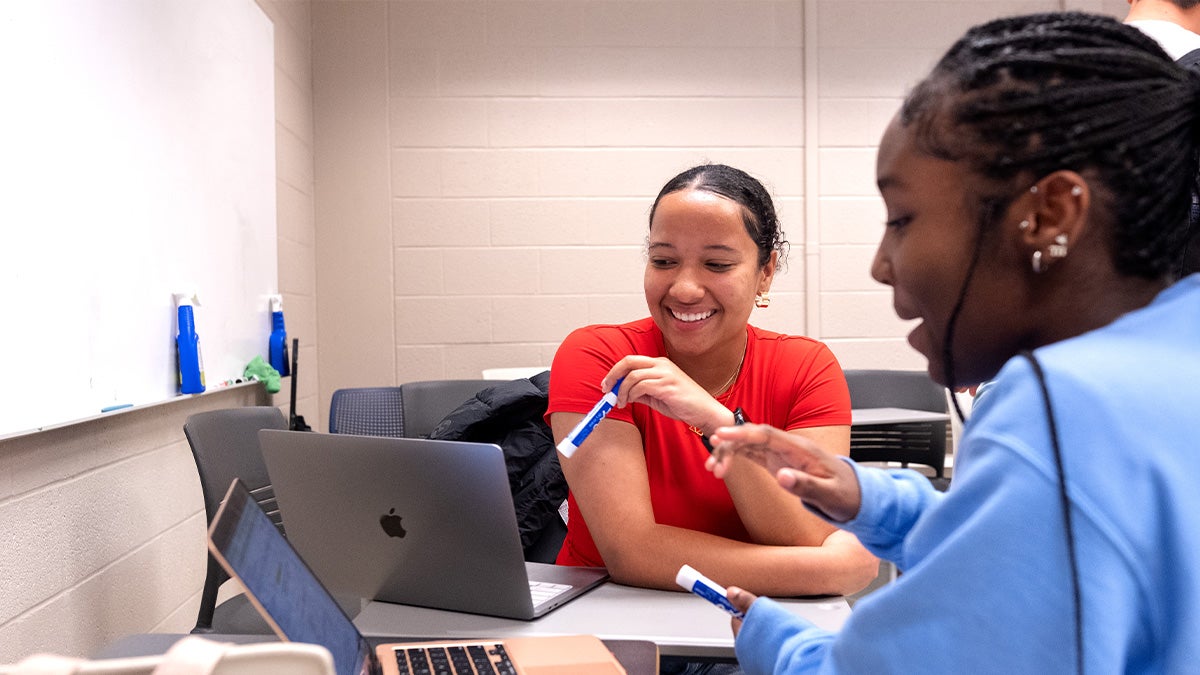Intern shares analytics model with Japanese baseball team
Nathan Townsend spent last summer helping Hiroshima Toyo Carp pitchers deceive batters.
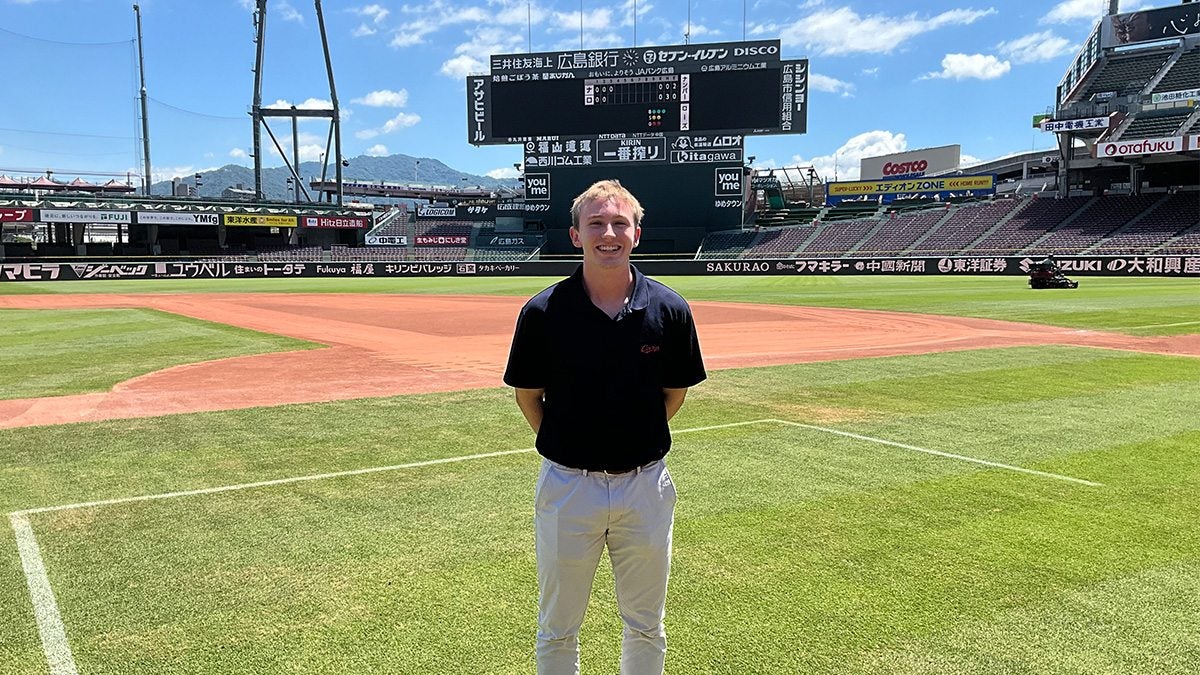
When Nathan Townsend boarded his international flight for Japan last summer, his nerves hit him all at once. He doesn’t speak Japanese, and he only knew a little about the country’s culture.
“I had no idea what I was getting myself into,” Townsend said, laughing. “I remember stepping onto the plane and being like, ‘Oh, my gosh. I cannot believe I’m doing this.’”
Townsend, a business administration major at Carolina, interned in Japan as part of the 2024 Carolina Blue Honors Fellowship. Established in 2015 by UNC-Chapel Hill alumnus Ricky May, the fellowship offers up to $6,500 in funding for ambitious students seeking to intern in sports business abroad.
An avid baseball fan and former high school player, Townsend jumped at the chance to intern with the Hiroshima Toyo Carp, a professional baseball team in the Nippon League —Japan’s highest level. Townsend worked in the Carp’s analytics department, bringing an expertise he gained from three years of working on Carolina baseball’s analytics staff.
At first, Townsend found it difficult to make his mark with the Carp’s analytics department, comprised primarily of former Japanese players and scouts. Baseball has a rich history in Japan, and the sport and its former players are notoriously resistant to change.
“I think a big part of my summer was just challenging the norms of the way baseball happens in Japan,” Townsend said. “The league is huge, and the culture around baseball is, quite honestly, like nothing I’ve ever seen before. I think it 100% trumps the culture of MLB.”
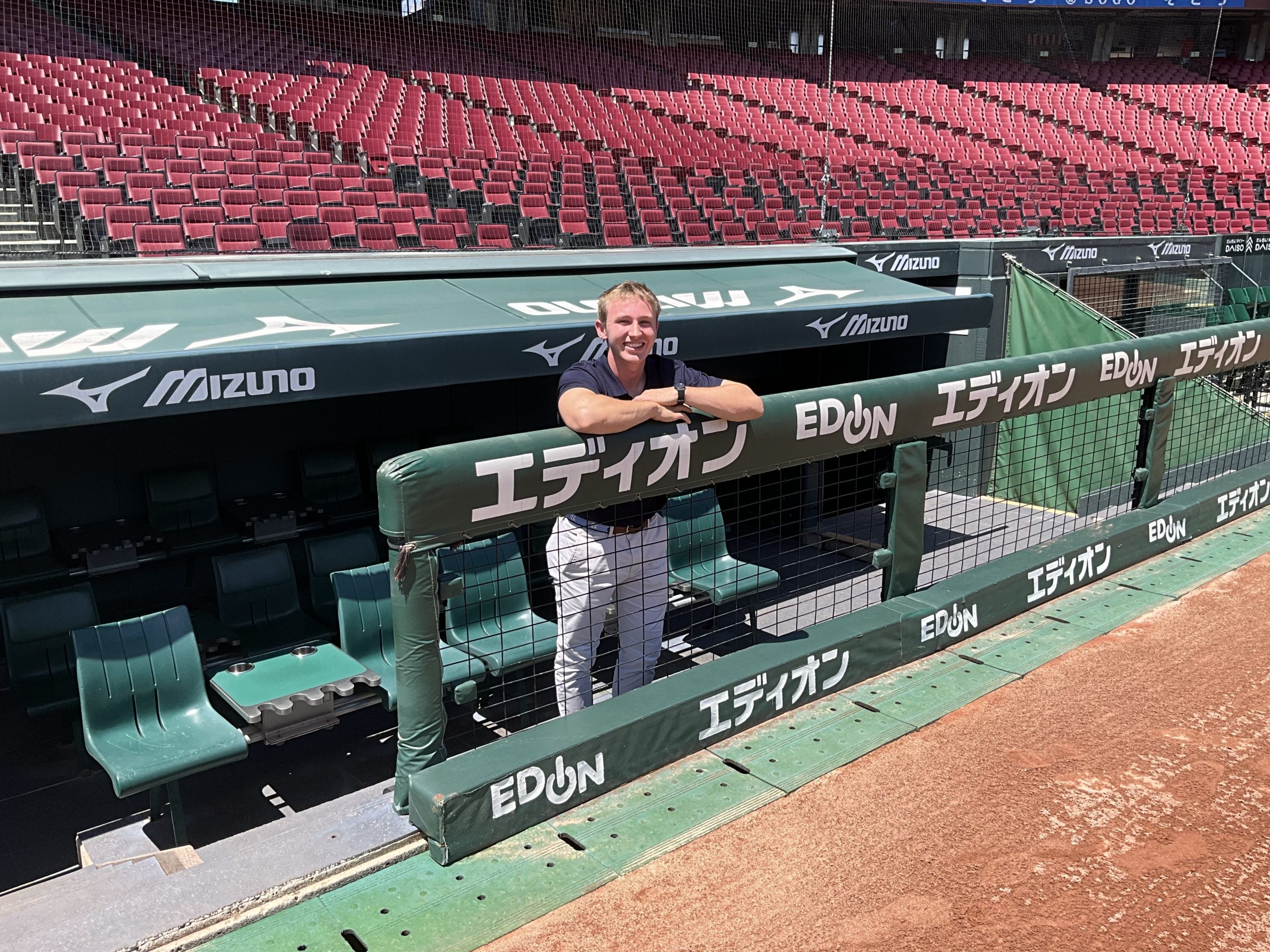
Townsend worked in the Carp’s analytics department, building a model that helped the team’s pitchers create more deception on the mound. (Submitted photo)
Townsend has been working with Carolina baseball’s analytical team since his first year in Chapel Hill, teaching himself how to code during his first semester on campus. Working primarily with the pitching staff, Townsend developed an analytical model he calls Deception Plus to track the trajectory of the ball from the time it leaves the pitcher’s hand until the batter must decide to swing.
The model is meant to aid pitchers with pitch tunnelling, a modern strategy popular in American baseball.
Let’s say, for example, that a pitcher throws a fastball and a curveball. A fastball typically has very little movement, while a curveball has a sharp vertical drop. To deceive a batter, a pitcher might throw a fastball up in the strike zone, then throw a curveball that starts in the same upper part of the strike zone before it abruptly breaks downward. Townsend’s model helps show how the pitches look coming out of a pitcher’s hand. The more they look the same — or tunnel — the more deception a pitcher creates.
Townsend helped the Carp build that same Deception Plus model in Japan.
“I found a guy who was at their minor league team and was not pitching well,” Townsend said. “I built the deception model and found out that he releases his curve way lower than he releases his fastball. You could see he was tipping his pitch.”
Townsend went into the database, found the video and showed it to the coaches, who helped the pitcher change his release. “Now he’s doing well in the minor leagues.”
By summer’s end, Townsend felt like he had made an impact, and he left his models with the Carp for the team to use. But Townsend gained as much as he gave. He was blown away by the atmosphere at the games — like the Carp’s seventh-inning stretch tradition of 45,000 fans releasing balloons into the air.
“It was just unreal,” Townsend said. “It made me truly excited to be a part of something that’s a lot bigger than myself and just trying to make the team a little bit better.”
